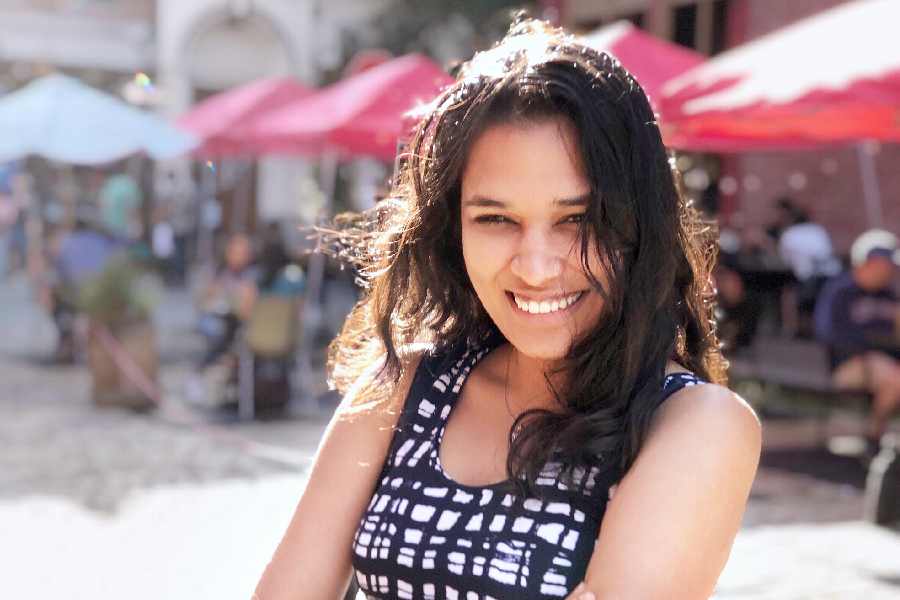Product designer Avantika Agarwal is a narrator of dreams. The Bangalore girl, currently living in New York, tells stories through her vivid imagination, rich in depth and the beauty of it. There is a painterly quality to her work, that’s intelligently colourful, modern in spirit, functional yet meditative. She seeks beauty in all she beholds and designs. Avantika chatted with us from New York recently. Excerpts.
You studied at Stanford University and Royal College of Art in London...
I have an undergraduate degree from Stanford University within mechanical engineering because my parents were keen that I become a product designer. I always loved math and science but I also loved art and it seemed like a cool, natural application for both of them to come together.
The Stanford design programme is very much about who’s the user, what’s the need and how you creatively problem solve. That was super fun. After graduation, I wanted to explore my artistic side a bit more as well because this was more pragmatic problem-solving. I went to an art school in London (Royal College of Art). I was super interested in the use of colour and how designers work with colour and how that has changed over the years. My thesis project was about how we engage with colour, and the applications of colour and I’d worked with some craftsmen in India, weavers to reinterpret photographs as textiles and then re-wove those to make textiles. That was an awesome eye-opening two-and-a-half years in London. Then I came back to India and set up my own design studio and I was thinking of a way to combine my education. I worked with startups, did a lot of brand consulting, and worked on a lot of apps and websites.
I feel museums are disconnected from everyday life and I was thinking that I would love to take that experience of seeing a beautiful painting or sculpture and then infuse that wondered life into our experience with everyday objects and experiences. Whether it is sitting on a normal chair or looking at a logo, how do you still capture that sense of beauty, wonder and abstraction into everyday experiences? Having that kind of connection makes my work stand out a little bit. In all my work, I have always tried to think of a user first.
How have you managed to marry your childlike enthusiasm to find beauty in every object to your work? And, is it difficult?
I try not to make it difficult because every day I remind myself, even if it is stressful, that I am getting to do what I love doing and that the output of what I am doing is something people are going to experience and enjoy. So, even if it is something like picking a colour blue, I can just go for a walk in the city and photograph blue objects that I see and then get inspired by those things and then bring them into my work. I travel a lot with my husband. So, we seek out new art shows and go on nature trips. Also, there are so many inspiring designers all over the world. I try to find that magic and beauty around me, photograph it, draw it, sketch it and bring it into my everyday work.
How do you interpret the word ‘colour’?
For me, it is a powerful way to influence moods. The colour of something you are wearing or the colour of a sunset or a wall when you walk in, can immediately make you feel a certain way. If you have a website that is super dark, it would make you feel a certain way and if there is a lot of white space or bright, airy colours, it would make you feel in a completely different way.
Ever since I was a kid, I have always gravitated towards colours and am super excited about bright and colourful things. In college, we had to paint 300 identical objects in different colours and then arrange them from light to dark, warm to cool and saturated to unsaturated. I did it really fast.... we did a lot of tests and found out I have synesthesia. I am keenly tuned into colour nuances.
What are the colours of Bangalore, London and New York and how have they influenced your work?
I am really grateful as a designer that I grew up in India because there is something so unapologetic about the way Indians engage with colour, whether it’s the clothes we wear or you see so many coloured buildings, it is organic. I was never afraid to really work with colour because growing up I saw so much of it.
When I studied in London, I saw that designers are scared to approach colours.... Engaging with the different stereotypes and breaking them really helped me develop who I was as a designer and then I came to New York where everything goes. You can find the most monochromatic of spaces but then you walk to the lower east side of Brooklyn and you see the most incredible uses of bright neon and graffiti. I live in Times Square and am constantly surrounded by neon billboard signs.
What has been the journey like so far?
I met at the time of my graduation showcase a designer named Ella Doran (‘designer, textile mark-maker and photographer’) and she does a lot of photography in her work too and is influenced by natural colour palettes from her travels. Even though all her products are three-dimensional, they all come from a graphic world.
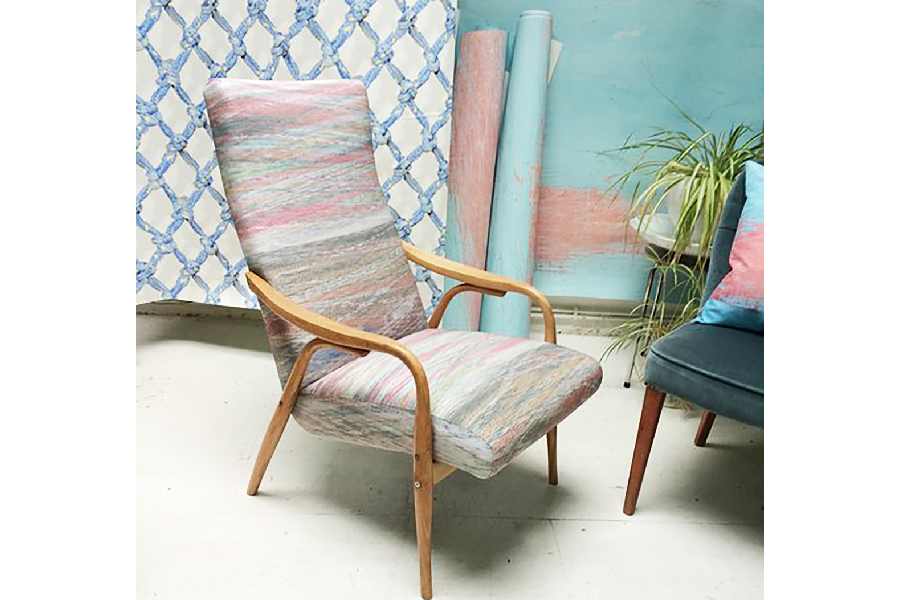
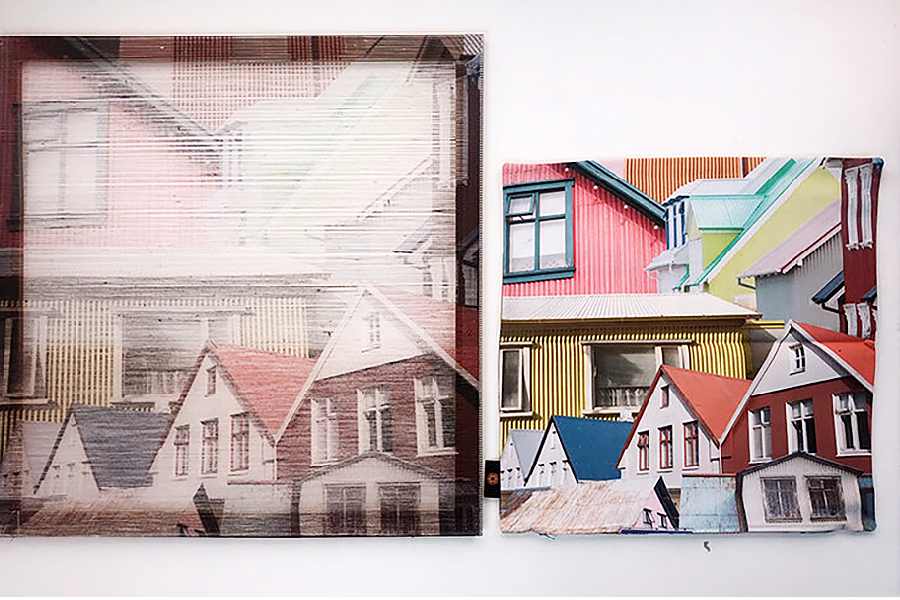
Pieces from the Avantika Agarwal X Elle Doran collaboration
We kept in touch. She went to Reykjavik, Iceland, and took a bunch of these stunning photos of the houses there and I took those photos and converted them into fabric and worked with local weavers to make a bunch of textiles for her.
We upholstered chairs that were later shown at the Victoria and Albert Museum in 2014.
Other Kingdom is a furniture design company. We collaborate with lots of craftspeople and also other places of production around the world. It started in India where we worked with marble inlayers, textile factories and metal-bending factories. Of my partners, one is in London and one is in New York. So, we found factories in Europe and America to work with as well. It’s more crafts-driven with local material and talent.
Through Other Kingdom, we were really excited about bringing our production to the world.... a lot of time designers make objects sitting in the studio but they don’t engage with production on-site. We wanted to do it the other way around. We went out to find craftsmen and production sites to find out what they were making and how we could work with them vs telling them what to do for us. We found marble inlayers in both Bangalore and Rajasthan and found weavers in Bangalore. That work we showed at Maison&Objet in Paris, New York design week 2015, 2016, 2017 and 2018. Then of course the pandemic happened and we stopped.
Superliminal is a consultancy where I work with corporate companies on things like brands, websites and apps. It’s all startup clients. The reason why I gravitate towards those is because I was excited by the energy of creating something new.... My first client was Nua (a women’s wellness company). They are Bombay based and sell sanitary pads and tampons. I am very proud they haven’t changed the logo that the 25-year-old me designed eight years ago.
When I came to America, I worked with a lot of healthcare companies because I felt it was overlooked. From then on I have worked across hospitality, tech brands and recently AI, which has been super exciting. I think AI is going to change the way we look at the world. I don’t think it will replace our jobs but I’d love to find ways, as a designer, to engage with it, and come up with meaningful experiences.
How has your own aesthetics taken shape in front of your eyes?
Growing up, I was super drawn to beautiful objects and things. Then when I went to college, there was the pressure that everything you made had to be utilitarian. Going to London made me think that even just the experience of a beautiful moment is enough. Having both sides of the brain talking to me, I think, has kept my work interesting.
Do you paint?
I used to paint a lot growing up. In fact, I did my O-Levels in high school and got the award for the third-best painting in the world. The O-Levels is a British board. So, I definitely have a keen sense of art. Even in my undergrad and post-grad degrees, I did a lot of fine arts. A lot of painting, drawing, sculpture, jewellery making. Unfortunately, with my work, I don’t have enough time to indulge in those hobbies, but when I do any work, I always start with my sketchbook. I would love to pick that back up and I have an idea for a children’s book.
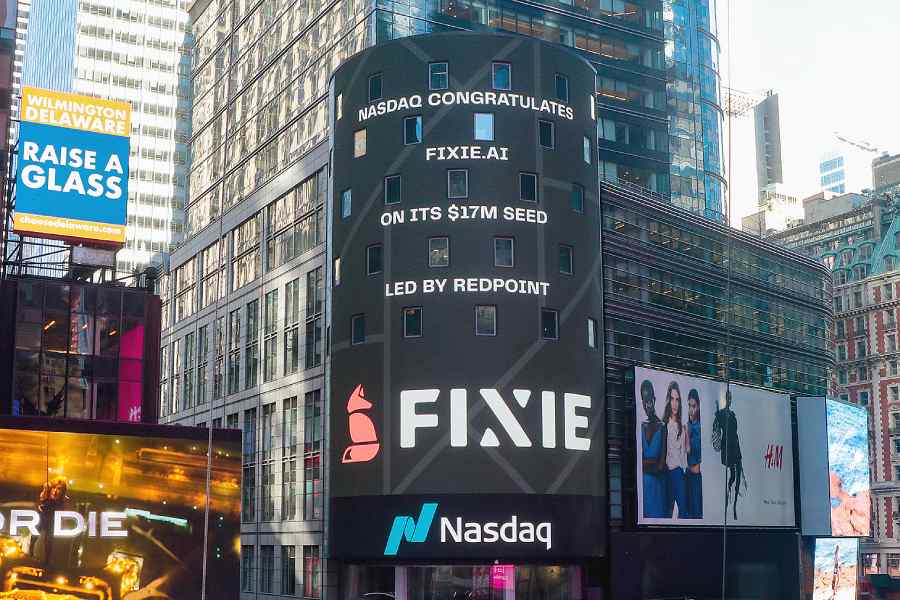
“I recently did the Fixie logo for a new AI company. What was super cool about it was that it was featured on the Nasdaq billboard in Times Square,” smiled Avantika.
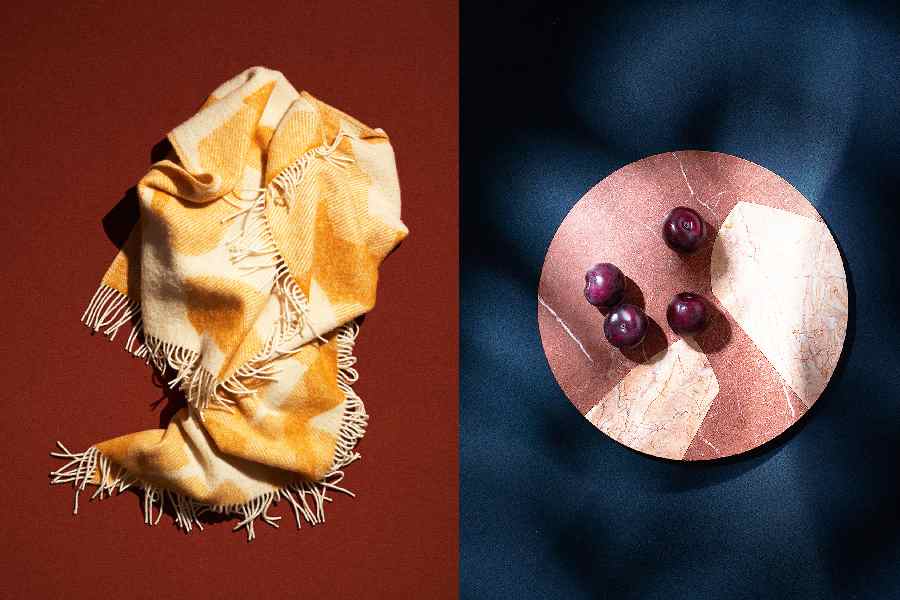
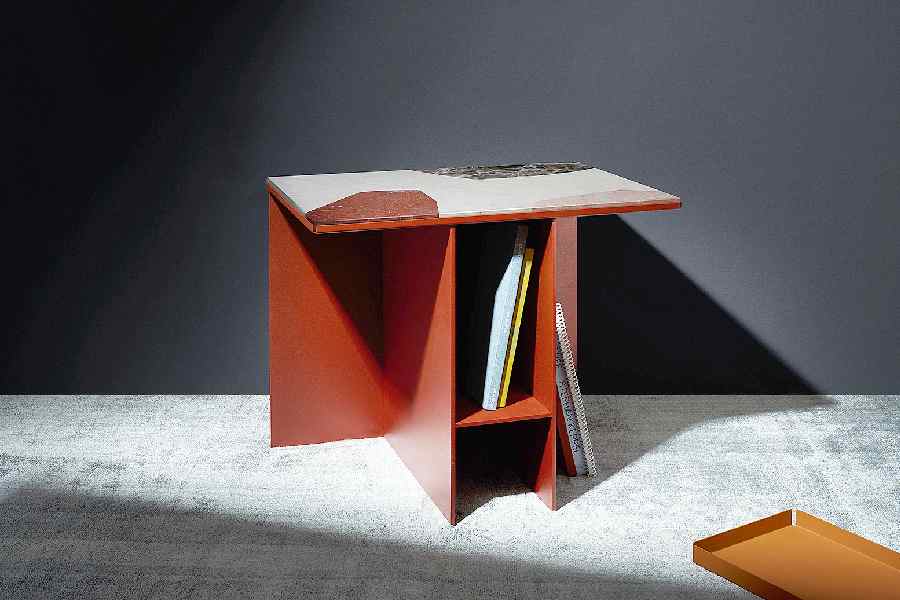
An Other Kingdom collection that was exhibited at Maison&Objet in 2018. “The marble tables were handmade in Rajasthan and the woollen throws were woven in Lithuania,” said Avantika. Pictures: Philippe Fragniere


Lively (now Jabra Hearing): “This client is very close to my heart as I’ve worked with them since 2018, when they were just four people on a mission to make hearing care better and more accessible, and now they’ve grown and actually been acquired by the global company, Jabra! We worked really hard to make every experience of the brand warm and thoughtful, more human, and engaging. I’d worked with them on their website, their app, and even their physical hearing clinics that were featured in Forbes,” said Avantika.
MEET AVANTIKA AGARWAL...
- Born and brought up in Bangalore
- Graduated from Stanford University with a mechanical engineering degree in product design
- Studied at Royal College of Art, London
- Works closely with Superliminal, a NYCbased design strategy and development studio and is a co-founder at Other Kingdom, a design brand creating avantgarde pieces
- Lives in New York with her husband, who is from Calcutta, but keeps shuttling between Calcutta, Bangalore and New York
TIPS TO DO A GREAT LOGO:
- Make your logos legible.
- I like to go a bit more classic with my designs because you don’t want your logo to age in two years.
- Look at the existing patterns in the sector. If you google bank logos, blue is the most dominant one. Similarly for healthcare, green is a common colour. Knowing who your competitors are and then how much you want to differentiate or try to follow some patterns that people believe that you are part of the same world is a really important distinction to make.


